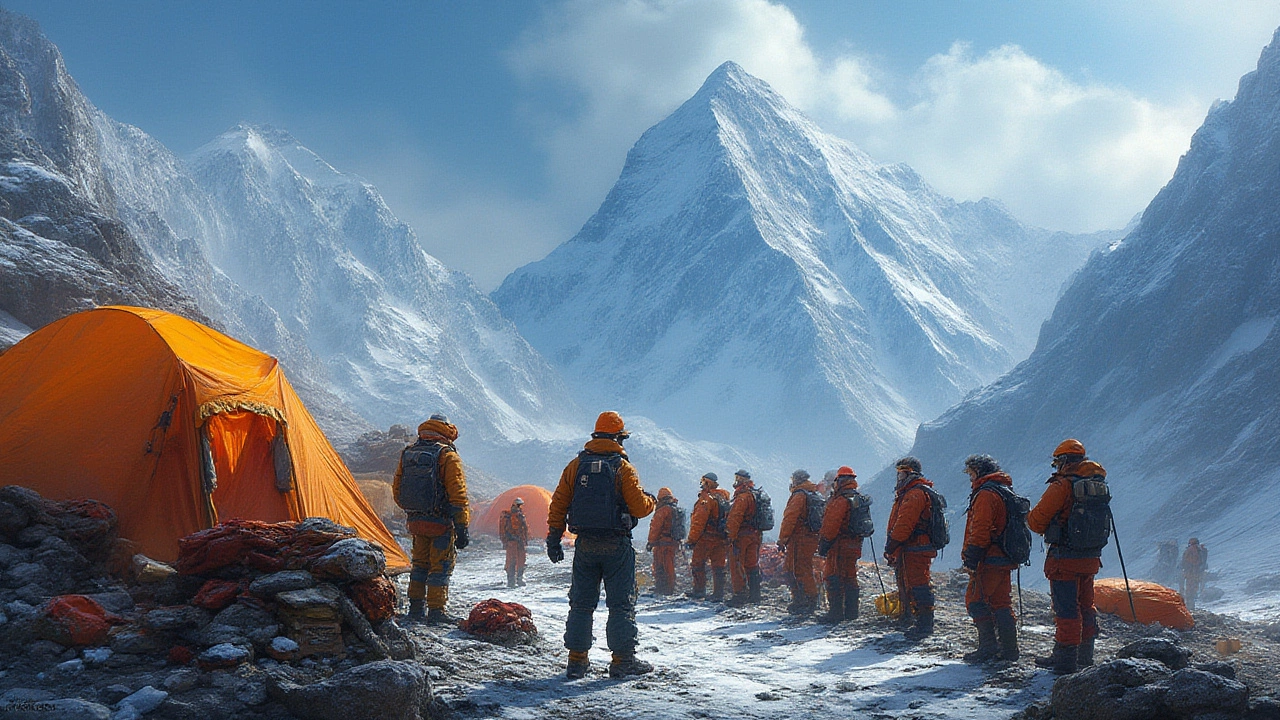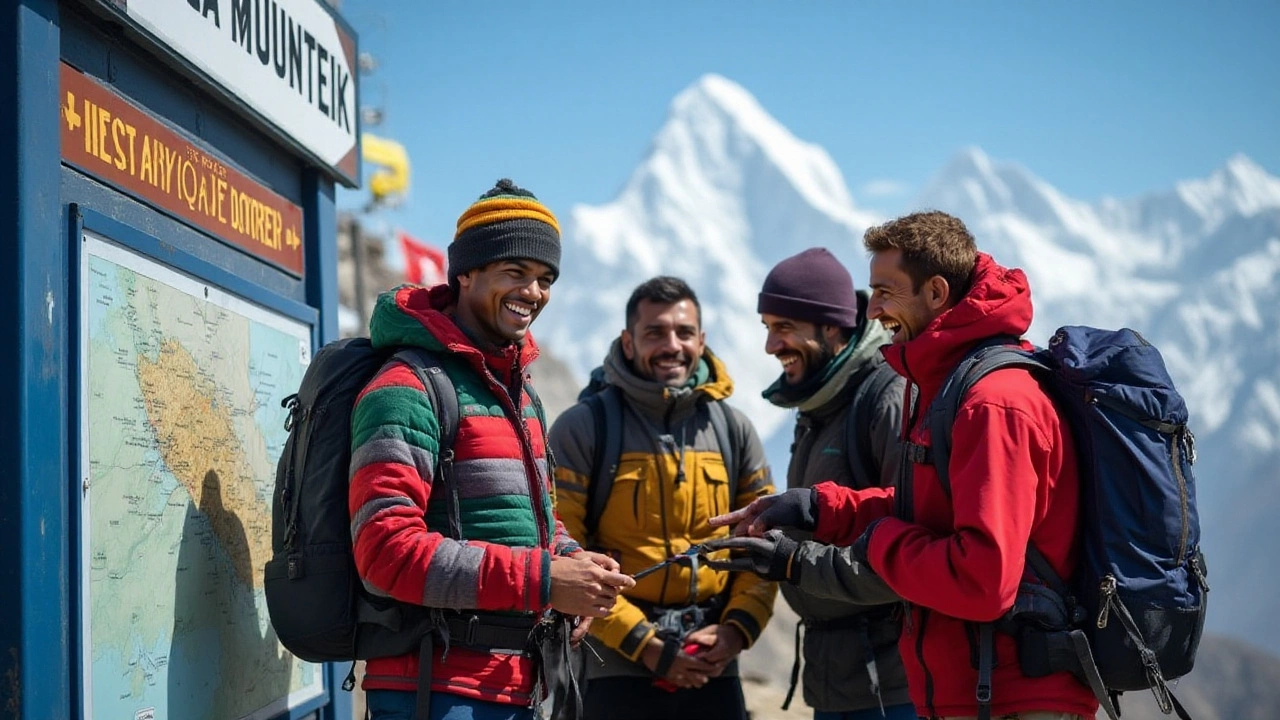SEARCH
Mount Everest: Practical Guide for Your First Trek
If you’ve ever dreamed of standing on the roof of the world, Mount Everest is the name that pops up. The mountain sits on the border of Nepal and Tibet and towers 8,848 meters above sea level. Even if you’re not planning a full summit, the trek to Everest Base Camp offers epic scenery and a taste of high‑altitude adventure.
The best window for a trek is late March to early June or September to early November. The flights land in Kathmandu, where most travelers catch a short domestic flight to Lukla – the jump‑off point for the trek.
Lukla’s runway is famous for being short and slipping on clouds, but the flight only takes about 30 minutes. From there you’ll walk 65 km along the Sherpa trail, passing villages, prayer flags, and the iconic Gokyo Lakes. Most people take 12‑14 days for the round‑trip, giving enough time to acclimatize and keep altitude sickness at bay.
Permits, Costs, and Planning
Every trekker needs a TIMS card and a Sagarmatha National Park permit. The paperwork is handled by trekking agencies in Kathmandu and usually costs around $30‑$50 combined. If you aim for the summit, you’ll also need a climbing permit from the Nepalese government, which can run $11,000‑$12,000 per person.
A realistic budget for a standard Base Camp trek in 2025 is $1,500‑$2,200. That covers flights, permits, guide, porter, accommodation, and meals. Use a simple travel‑budget calculator to break down each cost line – it helps you avoid surprise fees.
Hiring a guide and a porter not only adds safety but also spreads money to the local economy. Guides know the pace and can spot early signs of altitude sickness. Porters carry your gear, so you can keep your pack under 15 kg – a crucial factor for the steep climbs around the Khumbu Icefall.
Gear Essentials and the 3‑Layer Rule
When you’re up high, layering is everything. Follow the 3‑layer rule: a moisture‑wicking base, an insulating mid, and a wind‑proof shell. Your base layer should be synthetic or merino; the mid layer can be a down jacket or fleece; the shell protects you from wind and snow.
Don’t forget a warm hat, gloves, and a face mask. A pair of insulated boots with good ankle support is a must – the trek mixes rocky paths and icy patches. Packing a small first‑aid kit, water‑purification tablets, and sunscreen (the sun feels stronger at altitude) can save you a lot of trouble.
Acclimatization days are built into the itinerary, usually after reaching Namche Bazaar at 3,440 m. Spend a day or two exploring the town, doing short hikes, and letting your body adjust. Staying hydrated, eating carbs, and sleeping at lower altitude the night before a big climb are simple tricks that work.
Finally, respect the mountain and the local culture. Use marked trails, carry out all trash, and follow the Sherpa’s advice about weather changes. With the right preparation, the Everest trek can be a life‑changing experience without putting you in unnecessary danger. Always check the weather forecast before heading out.

Everest Climb Cost Breakdown: Why Mount Everest Expeditions Are So Expensive
Discover the detailed reasons climbing Mount Everest costs around $40,000, including permits, guides, logistics, and hidden expenses, with smart tips to plan your ascent.
Continue reading
Visa Requirements for Indian Trekkers to Mount Everest
Mount Everest, the highest peak on earth, attracts adventurous trekkers from all corners of the globe, including India. While Indians don't need a visa to enter Nepal, different permits are required to trek in the Everest region. The article will detail necessary permits and provide practical tips for Indian trekkers aiming to conquer Everest's trails. Understanding the regulations and preparation requirements are essential to ensure a smooth trekking experience.
Continue reading